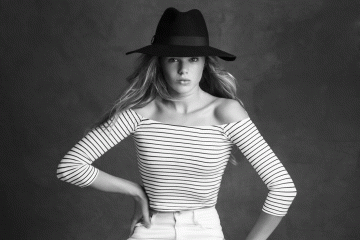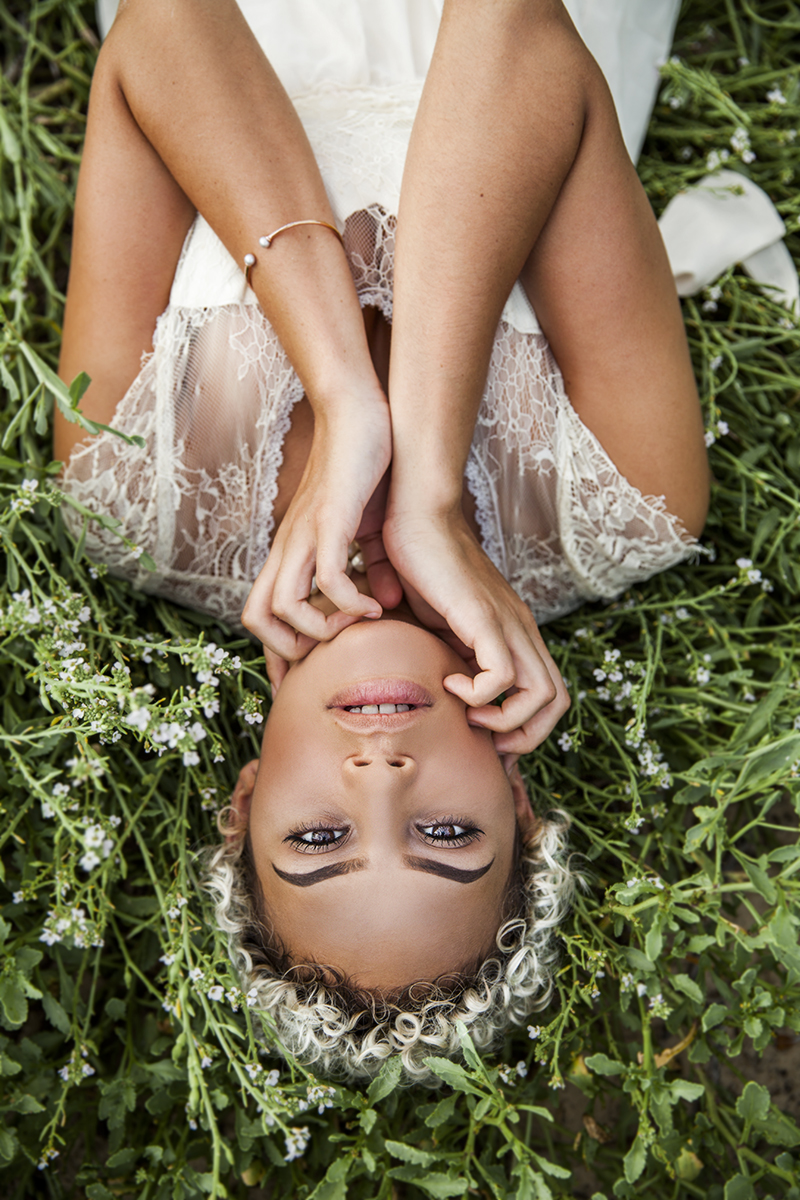The Novice's Guide to Product Photography
If a photo deserves a thousand words, a stunning product image is worth a thousand internet site visits. Although I don't have data to back up that declaration (yet), product photography can be incredibly beneficial to your ecommerce internet site technique.
To reach your target market participants that prefer buying online, you also need to provide your audience clear, distinctive pictures of your products.
But product photography isn't as basic as aiming as well as shooting. Even the most basic products require the appropriate equipment, lighting, and space to generate gorgeous images that market customers right from the purchase web page.
6 Product Photography Tips ( and also Examples) for Taking Pictures That Market
Right here are the pointers, examples, and products you'll need to properly picture and also market your items in such a way that makes your visitors and leads intend to transform.
1. Do not hesitate to use your mobile phone's cam.
This is the component where I'm intended to persuade you to invest in a high-end, 50-megapixel (MP) electronic camera with a 100-millimeter screw-on lens. However I'm not mosting likely to do that.
If you currently possess a camera that fits this description, benefit from it. But for many sorts of products, it's entirely acceptable to shoot product pictures on a mobile phone.
More recent smartphones flaunt effective electronic camera lenses and setups that permit you to maximize your shots for the different kinds of light and atmospheres you could fire in.
If you need extra convincing, just look into Apple's Shot On An iPhone project as well as the photos that have actually arised from it throughout the years such as this:
2. Fire from a tripod for photo uniformity.
Prior to discussing tripods, I'm obligated to begin with a primary rule: Don't prop your phone against something tough to intend your lens toward the topic.
It's simply too very easy for this makeshift setup to move around during the shoot and also cause inconsistencies in your images' look. If you rest your electronic camera on, claim, a pile of publications, just make sure this arrangement does not change over the course of the shoot.
There's no harm in holding your camera on your own when firing simply a couple of product pictures for your ecommerce website. Yet as your service expands, and also you take much more photos of even more products, it can be challenging to standardize the product's alignment in each photo when firing portable.
To guarantee consistency across your items, you'll need a tripod. And also luckily, acquiring one isn't always the big, industrial-sized financial investment it made use of to be.
Below are 2 sorts of tripods to take into consideration.
Standard vs. Flexible
This is a tradition tripod-- there are standard tripods readily available for both cameras and smart devices.
A adaptable tripod can be manipulated in a number of ways. You can flex its legs and position it on different surfaces to get the angle you require.
Mobile Grasp
There's commonly a screw on the top of your tripod which affixes to your video camera to hold it in place. The underside of many professional-grade electronic cameras has a screw opening just for this objective, yet smart devices can utilize the adhering to adapter:
The adapter holds the sides of your mobile phone and can screw right into either type of tripod, allowing you to operate the camera manages with the phone display facing outside and toward you.
As soon as you identify which place you'll require, set it up before your product, and also consider placing 3 pieces of tape on the ground to mark where you 'd like to maintain each leg of your tripod over the course of the shoot.
3. Select natural light or artificial light.
Never ever take too lightly how certain kinds of light can enhance (or impede) your product photography. Bear in mind, purchasers obtain the most effective look at an item personally, where they can see every little thing they need to before getting. The best lighting arrangement assists you reveal those critical decision-making product functions when all web site visitors need to go on is a photo.
A single illumination arrangement may not help every product-- a illumination plan that helps some items might compromise the look of others.
There are two sorts of light you can pick as your major light source: natural as well as synthetic light.
Natural Light
All-natural light refers to sunshine-- simple as that. It's additionally called "soft light" because the sunlight casts a larger, softer series of light than, claim, a lamp beaming straight on the product. Ecommerce product shots grow in natural light if:
The product is shot outside or implied to be utilized outside.
The product is made use of by, endured, or shot with a person ( individuals tend to look much better in all-natural light).
You're attempting to highlight the product's environments, rather than details characteristics of the product.
Here's an instance of a shot using all-natural light:
Artificial Light
Artificial light includes candle lights, fire, as well as much more generally, light bulbs. It's additionally referred to as " difficult light" because it creates a smaller yet a lot more concentrated light surface. This sort of light accommodates products with physical information that need to be highlighted to impress an on the internet consumer.
As a basic guideline, stay with just one type of light per photo-- all-natural or man-made. Including natural light to an unnaturally lit photo can soften a product that's meant to festinate, and adding man-made light to a naturally lit photo can develop a product that's suggested to look soft. You do not wish to get in your own method.
4. Load or bounce your light to soften shadows.
Whether you use natural light or fabricated light, you'll require to decrease the darkness that any potential tough light casts on the contrary end of a product.
There are three methods to do this:
Fill Light
Consist of one more, less-intense source of light to supplement your major light. This additional light is called your fill light as well as is made use of as a counterbalance to soften the natural darkness your major light generates behind an object.
To do this, put your fill light opposite your major light so your product sits between both source of lights.
Flashbulb Bounce Card
A bounce card, or reflector card, is a little card that "reflects" or "bounces" the primary light back onto the surface underneath your product to decrease shadows.
Some bounce cards attach to the flashbulb of a specialist electronic camera lens to diffuse the light from the camera's flash. This card sprinkles a softer light onto the topic from above your collection-- as opposed to straight at it-- so you don't have long shadows trail behind the object you're shooting.
Standalone Bounce Card
If you're firing from a mobile phone, a flashbulb bounce card isn't an choice, given that you don't have a physical flash you can attach it to. Instead, make your own standalone bounce card positioned contrary your main source of light.
For novices to product photography, this bounce card can properly replace your fill light, which counters the hard light from the video camera flash or light that's facing toward the front of your product.
5. Use a move or portrait mode to emphasize the product.
There isn't one appropriate means to position your product, lights, and also bounce cards-- they can transform significantly depending upon your history. However do not pick a history based upon what's most convenient to develop. Histories must look like exactly how you want your customers to regard your product when seeing it online.
Take into consideration initially whether you would certainly like a white background or a more dynamic, real-world background. There's an easy means to accomplish each one.
White Background: Move

For white backgrounds, it's not as straightforward as establishing a table against white drywall. Also smartphone cams can pick up little acnes on a white wall surface that you wouldn't observe with the naked eye. To record a excellent white history without corners or imperfections, make use of a move.
A sweep is a large bendable sheet of paper, whose bottom function as the surface under your product and afterwards contours up into a white wall behind the product.
On cam, the move's contour is undetectable, stressing crucial product details and also permitting the product to have all of a internet site site visitor's focus.
Real-World Background: Portrait Mode
Dynamic, real-world histories are extremely attractive when shooting items that have a details usage or are being designed by a person-- as you saw in the picture of the brief-case previously in this guide.
However, it's easy for a real-world background to swipe the focus of the photo, making it unclear which item in the photo you're in fact selling.
Give your product depth and also emphasis with picture setting, a picture setup on the majority of professional cams, and also available on several new smartphones. This setup obscures the background so the context of the product is clear however not competing against the product itself.
Below is a super incredible photo of a HubSpot pen absorbed picture setting on a Google Pixel 2 (I took this image myself). You can tell the pen sits on a workdesk with a computer system behind it, however the pen is still the focal point for audiences:
6. Shoot a range of photos.
My last ecommerce photography pointer to you is to not https://sharedmoments.com.au/product-photography/ quit at one photo per product. Just as your customers look, hold, utilize, and also try on merchandise in a store, your site should shoot a range of pictures to replicate this very experience.
If you're shooting garments, for instance, record the garment of clothing alone-- that is, spread out on a white surface-- in addition to on a mannequin whose color contrasts the shade of the product.
After that, for extra images, have the clothes modeled on a person, permitting you to take images of the product from the individual's various poses and also angles.
Product Photography Set Up
Next, let's summarize what we simply got-- right here's a list of quick product photography set up suggestions that you can describe and also share on your team:

• Choose a cam-- whether that means utilizing your smartphone.
• Get a tripod that benefits your cam of choice.
• Pick all-natural or man-made lighting-- consider which choice is best for your product as well as atmosphere.
• Determine whether you'll load or bounce light.
• Select sweep or portrait setting.

• Take numerous different pictures to supply your visitors range.
Get Started With Your Product Photography
Do not feel required to purchase every pointer and piece of equipment simultaneously. Apply these product photography suggestions progressively to see what makes your store look the most nice, as well as alter your approach as your photography chops get better.